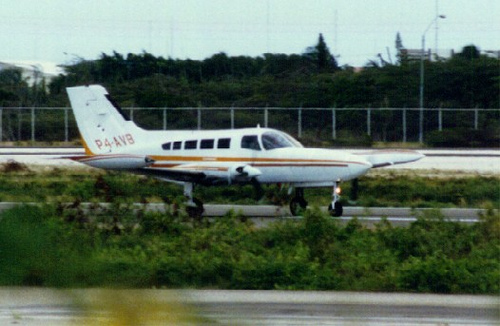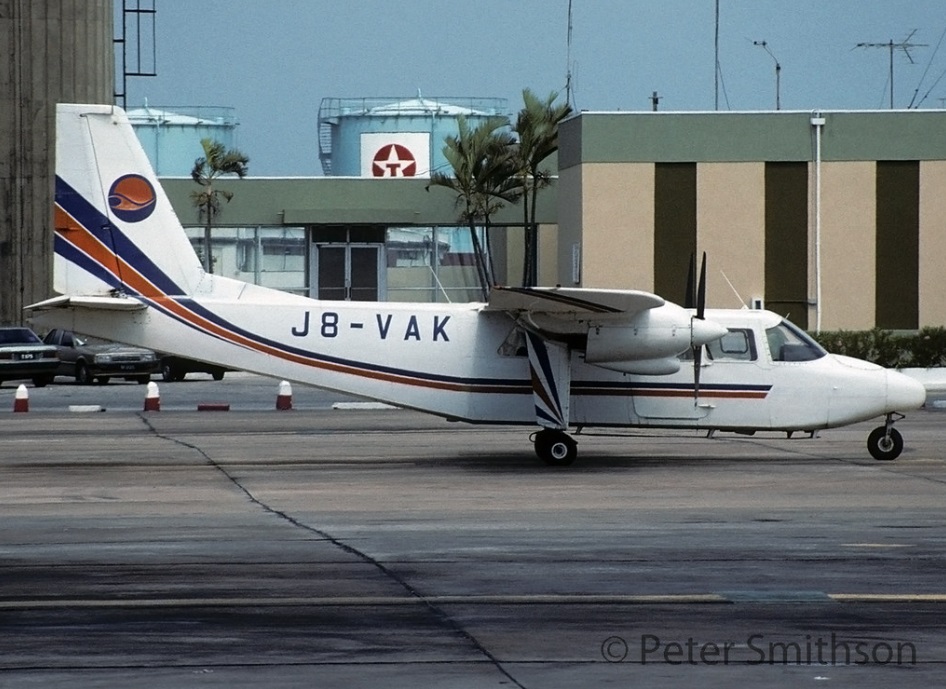Crash of a Xian Yunsunji Y-7H-100 off Nouadhibou: 8 killed
Date & Time:
Apr 5, 1996
Registration:
5T-MAF
Survivors:
No
Schedule:
Nouadhibou - Nouakchott
MSN:
00 7H 01
YOM:
1996
Crew on board:
2
Crew fatalities:
Pax on board:
6
Pax fatalities:
Other fatalities:
Total fatalities:
8
Circumstances:
Shortly after takeoff from Nouadhibou Airport, while climbing, the aircraft stalled and crashed in the sea, killing all eight occupants.
Probable cause:
It is believed that the loss of control was the consequence of an engine failure.









